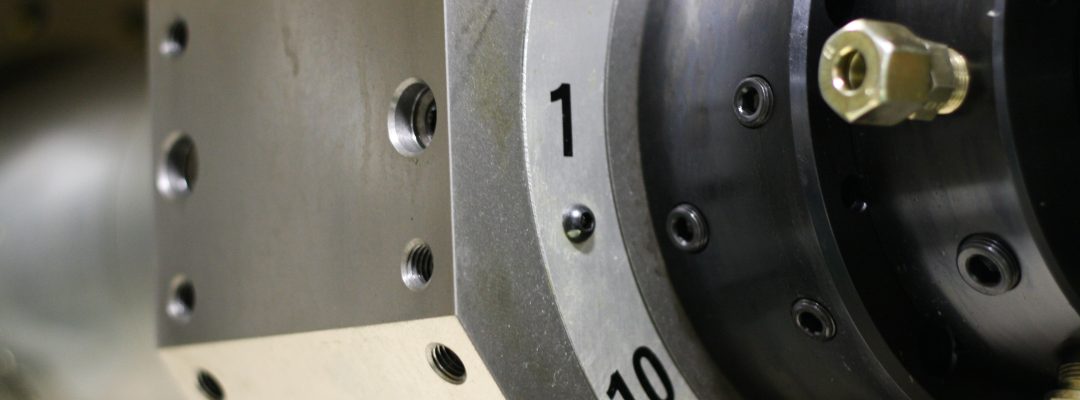Belleville 101: Why do joints leak, move, or fail?
BelleFlex® TechTips
Why do joints leak, move, or fail?
Deflection
A bolted joint stretches in response to a given load. Over time, this can cause the bolt to loosen.
Deflection is the motion that occurs in response to the application or removal of a load or a stress. It is the “spring” in a spring. As force is applied to a joint, deflection counteracts the force by absorbing it. The greater the deflection in a joint, the more load and stress it can withstand, which increases the longevity of the joint.
Belleville washers or disc springs, used singly or stacked in series, increase deflection. Increasing the deflection means a greater load or stress can be applied to the jointed system without significant losses in the original tension of the joint.
Top
Preload
One of the main concerns about joints is their mechanical integrity. They must be designed, installed, and maintained to withstand industrial conditions.
“Preload” is the amount of tension in a bolt or joint when it is first tightened. To ensure the integrity of the joint during operation, the amount of preload must exceed the expected external load that will be applied to it. In other words, the joint must be stronger than the force that will act on it. However, bolts and joints will inevitably loosen during mechanical operation.
From the moment it is preloaded, a bolt almost always loosens. Several factors inherent to industrial processes can cause bolts to loosen: changes in temperature, vibration, relaxation of bolts, over-tightening and under-tightening, to name a few. In applications with extreme temperature requirements, such as cryogenic applications, thermal expansion/contraction is a significant cause of bolt loosening. All of these factors result in a loss of preload.
Gasket Creep
All joints move, or loosen, in the course of typical operation – and a flanged joint is no different. Typically, a flanged joint includes a gasket or some other elastic material between the two sections of the joint to form a water-tight or gas-tight seal. Nuts and bolts—often including Belleville disc springs—secure the pieces in place. While this gasket is designed to cushion the joint, it also can move (or “creep”) during operation, causing movement in the joint. Gaskets are also designed to withstand a certain amount of pressure. If a gasket is operating under too much pressure—due to industrial conditions or perhaps simply over-tightening—it will be crushed. A gasket must be “set” (or pressed) with the appropriate amount of force.
Vibration
The vibration of machines can also cause loosening of various parts, including joints. There may be little effect at first, but once the preload has dissipated, bolt and nut loosening will occur. Engineering design must take vibration into account.
Thermal Effects
Another frequent cause of movement in a flanged joint is differential thermal expansion.
Many common industrial materials expand when heated. Often, they expand – and contract – at different rates, especially if made from different materials. When different components expand and contract at different rates, gaps can form within the joint causing a leak path or failure. Imagine two halves of a joint that fit together at room temperature, but when heated, one side becomes too large for the other. In addition, once the physical properties of a bolt are altered by heating, the bolt will not return to its original position.
Materials also contract when cooled. Different rates of contraction when cooling introduce the same problems as thermal expansion. Cryogenic applications are subject to the effects of intense cooling, which may include component failure.
This problem is further compounded by repeated changes in temperature. Often a single component will be exposed to frequent cycles of heating and cooling. The resulting expansion and contraction not only endanger the smooth operation of equipment, it also increases wear and tear on the parts and can accelerate their failure.
Belleville washers and disc springs help compensate for any loss of preload in the event of differential thermal expansion, contraction, or bolt creep, such as in flanged joints and bolted bus conductors.
Embedment
Imperfect surfaces can be overstressed resulting in a loss of preload. Sometimes a flat washer is used in conjunction with a Belleville washer or disc spring to prevent the Belleville from biting into softer metals. This is particularly important in preserving the integrity of bus bars, which are typically made from aluminum to withstand conditions of high current loading.
Irregular Tightening
While procedures and best practices are in place for a perfect execution, Operator Error does still exist, and irregular tightening is one of those OE issues that can result in a loss of preload. If not tightened in a cross pattern, preload can be diminished by up to 60%. Using a Belleville washer or disc spring can offset this effect.
Regardless of the cause, movement in a flanged joint can compromise its effectiveness and lead to joint failure. Adding a well-designed Belleville washer or a stack of Bellevilles to a bolt will increase the preload, protecting bolt integrity, reducing movement, and ensuring the joint remains tight. Since Belleville washers and disc springs are conical springs, they are ideal for adding preload to bolts in limited spaces whether singly or stacked.
Top
Flat Load
Torque is the rotational force applied to tighten a bolt. Flat load is the amount of axial force required to flatten the Belleville washer or disc spring. Flat loading a Belleville washer or disc spring helps to ensure that bolts do not loosen while machinery is in use. Flat loading will help prolong the life of your equipment and ensure proper functioning. Different springs require different amounts of torque to be flat loaded, depending on the design and material. As with all Belleville washers and disc springs, the design depends on the application.
Top

